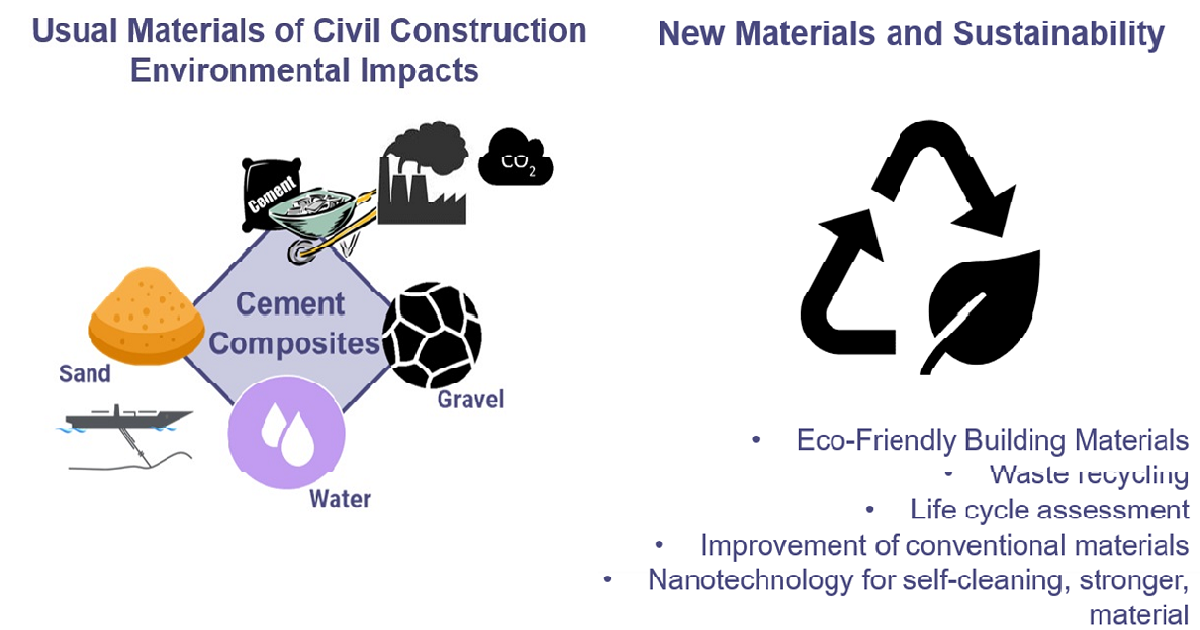Materials for Civil Construction and Sustainability
A special issue of Applied Sciences (ISSN 2076-3417). This special issue belongs to the section "Materials Science and Engineering".
Deadline for manuscript submissions: closed (20 July 2023) | Viewed by 5475

Special Issue Editor
Special Issue Information
Dear Colleagues,
Currently, civil construction uses many natural resources, such as water, sand, among others, and these are becoming increasingly scarce as a result of population growth. Furthermore, cement production is highly polluting, responsible for a large portion of the emission of greenhouse gases. Thus, focusing on environmental issues, this special edition is dedicated to publishing original scientific research papers on new materials for civil construction with a focus on sustainability. These materials can be produced by using industrial waste, associated or not with technologies for their improvement, such as nanoparticles, polymers, among others. However, it is not limited to the use of waste, any new material or technology that reduces the need to extract natural products or extends their life time that, consequently, reduce the discarded volume are applicable. Methods, techniques, computer simulations that can be applied in the assessment of environmental impacts arising from the use or production of these materials can also be presented.
Thus, scientific research focusing on new materials or methods with concern for sustainability will be welcomed in this special edition.
Prof. Dr. Angela Kinoshita
Guest Editor
Manuscript Submission Information
Manuscripts should be submitted online at www.mdpi.com by registering and logging in to this website. Once you are registered, click here to go to the submission form. Manuscripts can be submitted until the deadline. All submissions that pass pre-check are peer-reviewed. Accepted papers will be published continuously in the journal (as soon as accepted) and will be listed together on the special issue website. Research articles, review articles as well as short communications are invited. For planned papers, a title and short abstract (about 100 words) can be sent to the Editorial Office for announcement on this website.
Submitted manuscripts should not have been published previously, nor be under consideration for publication elsewhere (except conference proceedings papers). All manuscripts are thoroughly refereed through a single-blind peer-review process. A guide for authors and other relevant information for submission of manuscripts is available on the Instructions for Authors page. Applied Sciences is an international peer-reviewed open access semimonthly journal published by MDPI.
Please visit the Instructions for Authors page before submitting a manuscript. The Article Processing Charge (APC) for publication in this open access journal is 2400 CHF (Swiss Francs). Submitted papers should be well formatted and use good English. Authors may use MDPI's English editing service prior to publication or during author revisions.
Keywords
- building materials
- sustainability
- environmental
- cementitious materials
- composites





